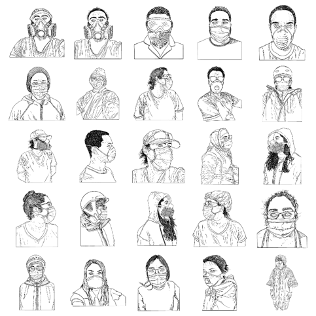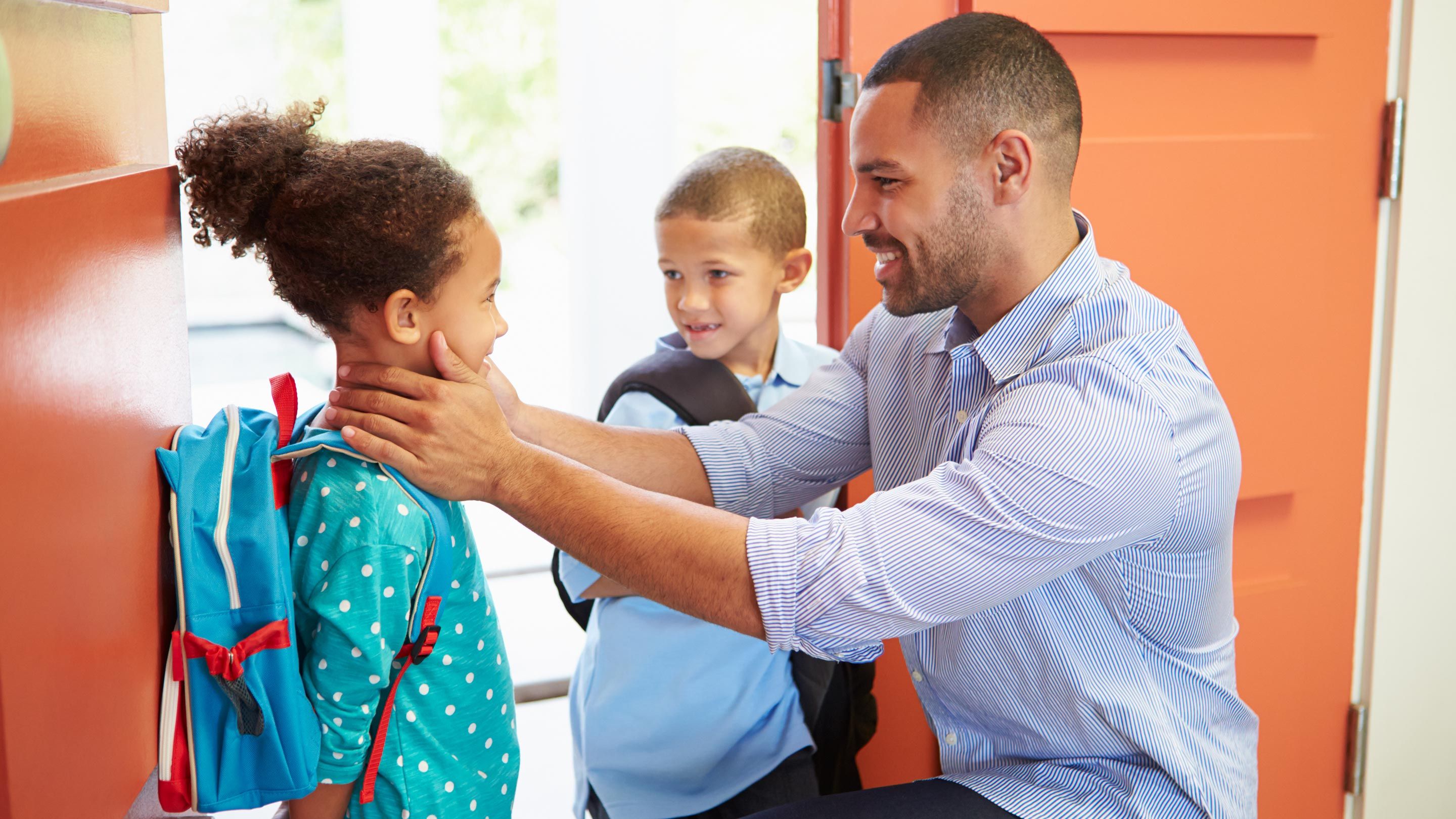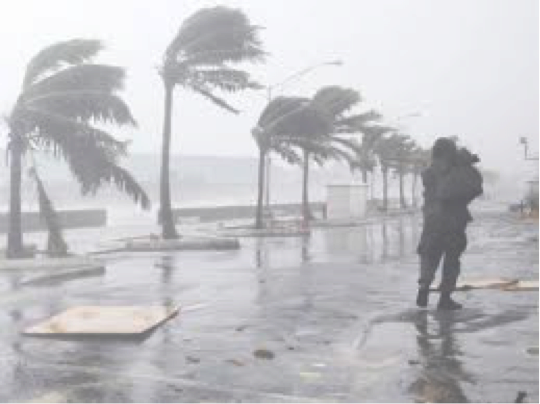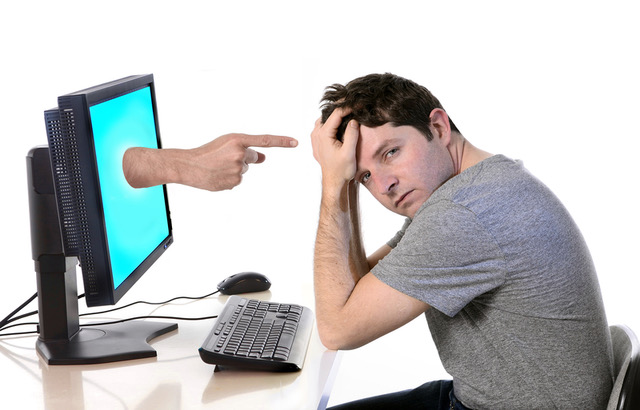A New Future
Even referencing the future as ‘post-COVID’ feels a bit misplaced. It insinuates that in the future we will be ‘over’ or ‘past’ the COVID pandemic. By now most of us can acknowledge that COVID will leave an everlasting impression on society as we know it. We are accepting (with some parallels to pre and post 9/11) that there is no going back to exactly how it was. Such a change is neither inherently positive nor negative. This developing change to societal norms raises an interesting question for those familiar with Social Anxiety Disorder (SAD). Whenever the proverbial pandemic dust settles, what will the impact be on those struggling with SAD? Those with a latent predisposition to SAD? Will SAD look the same as it did before? Will the struggles with SAD increase, decrease, or stay the same? Let us take a closer look.
The Basics
Social Anxiety impacts individuals on a cognitive, emotional, somatic, and behavioral level. While no two experiences are the same, there are some common components that are synonymous with SAD;
- Intrusive negative thoughts about what other people are thinking of them within social interaction. These thoughts can occur before an interaction as predictions, during, and after as ruminations.
- Hyper-focus on oneself while in the presence of others. This hyper-focus could hone in on one’s speech, physical presentation, dress, posture, anxiety symptoms…really anything.
- Naturally, there is accompanied anxiety and other uncomfortable emotions that come along for the ride which turns every social interaction (even virtual ones) into an unpleasant one.
- Being that human beings are averse to discomfort and perceived risk, individuals who struggle with SAD develop ‘safety behaviors’ or strategies whose function is to either avoid the risk associated with social interaction altogether or somehow mitigate the feeling of discomfort. These strategies are often creative and complex. Truth be told is they work…in the short term. Unfortunately, being bound by this algorithm of behavior comes with costs as well.
WHAT COVID-19 HAS CHANGED
Opportunity
This pandemic has redefined the social interaction we have been accustomed to. Logistically, most of us have been at a physical distance from those we previously interacted with. A casual elevator interaction with a stranger or sharing a coffee break with your co-worker is off the menu for now. Shaking hands? Nope. Even when societal reintegration does roll out, we have no idea what it will look like and how long it will last. This means a reduction of opportunities for in-person social interactions. Only now are we starting to realize just how much frequently we had contact with other people. That distance has been a drain on all of us. If it is someone who lives on their own there must be an even greater sense of isolation left in COVID’s wake.
The How
When one door closes another opens. The method and modality of communication has been adapting the last few months. So not only are the opportunities different, the communication itself is different! By relying on technology and other pathways we are learning to communicate, share, and listen by heightening our other ‘senses’ of socialization. The extent of our return to ‘traditional’ methods of communication remains to be seen.
What We See
The panorama while socializing virtually, or even in person, during this era is limited. When we do see others in person social distancing precautions may be in place. Masks and physical distance make it difficult to read facial expressions and body language. Conversely, our own social presentation is less ‘exposed’ to those listening to us. Virtual communication has similar limitations. Zoom or FaceTime calls do not do any of us justice no matter how good your resolution is 😉 That is if the video or sound is left on to begin with! Likely there are many Brady Bunch squares on the screen simultaneously. The bottom line is the ability to read others and be read is less clear.
So, is that a positive or a negative?
Does Absence Make the Heart Grow Fonder?
On our refrigerator growing up there was a sticker that said, ‘Nobody notices what I do until I don’t do it.’ I know, subtle message mom! 🙂 Similarly we tend to overlook what we have until we do not have it anymore. This pandemic has spurred a longing for socialization. There seems to be a deeper appreciation brewing for the basic human need for connection. Those struggling with SAD are no different. They desire and crave that same social connection. Clients I have worked with on SAD have expressed a stronger motivation and willingness to take on the ‘risk’ of socialization now that there is ‘shortage’. As one client shared, “At first I thought this whole social isolation thing was a dream come true! I do not have to interact regularly with people in person?! Jackpot! But then I realized it is not all it is cracked up to be. I miss those brief interactions in the store and the office, just seeing people.” From that perspective the decrease in opportunity is creating a positive. Hopefully, a springboard for change. Yet for others the endless amount of time sitting alone with ruminating negative thoughts and minimal opportunity to practice engaging in social interactions makes it even more difficult to brave the social frontier once the pandemic shackles are released.
Guessing Game
As mentioned earlier the nuances within social communication are currently dulled by distance and PPE. This dullness heightens the uncertainty of a social interaction. So, what are they really thinking? I cannot even see their mouth! Are they scowling? Is that a frown I see on the screen? Hard to see with so many people on this virtual meeting. Did she just roll her eyes? Hard to tell from way over here. The unknown is kryptonite for many struggling with SAD. The more certainty and control of variables maintained in a social interaction the more reassured one feels. Adding this extra layer of uncertainty into the mix compounds that.
On the flip side we are all in the same boat! I cannot see them, and they cannot see us. Truthfully, we were always in the same boat. We all face the risk of social rejection or judgement every time we communicate! In some ways I can see this reality instilling reassurance in someone with SAD (not always clinically ideal) and in other ways it opens opportunity. Opportunity to jump into the socialization pool while the expectations are low, people more understanding and accommodating. Every social opportunity is appreciated and savored. So if you’re trying to order food and they cannot hear your order because of the mask muffling and you can only make out every other word they are saying…use it! Use it as an opportunity to practice, with them, communicating with half a deck. Learn that it can be done. We can manage better than some thoughts are telling us. That settles the question of this new reality being positive or negative; it is all how we approach it.
Flexing New Muscles
The limitation of traditional communication channels allows room for adaptation. When someone unfortunately loses one of their senses or physical abilities, they try to maximize the use of what they DO have. It is inspiring to see what strength develops from adversity. We are flexing the muscles of communication. Verbal and written word, tone, posture, active listening, and eye contact are just some of the complementary muscles of communication we are all working out more frequently. While on the one hand that may strike fear into the heart of someone with SAD, it can also be introducing new tools to the proverbial toolbox. This presents the opportunity to practice our communication while accepting the risks inherently present for all of us. Take that new tool for a test ride!
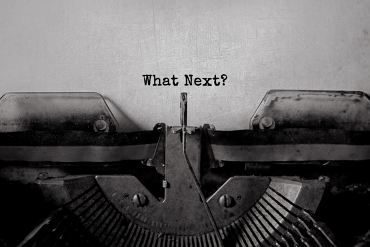
The Lens
If there is one thing COVID-19 has forced us to accept (perhaps with resistance) these past few months, it is that we know extraordinarily little if anything at all. What the future will hold. What to believe. What the appropriate precautions are at any given moment. Our illusion of control has dissipated. When faced with today and whatever tomorrow brings, we do have one thing within our control: our attitude. The perspective and lens through which we approach each day is well within our control. Will COVID-19 have a positive or negative impact on SAD and those battling it? Nobody can say. I know I cannot. My crystal ball is in the shop. And the shop has been closed the last 3 months! Little is inherently positive or negative. So, the real answer is that it is up to us. It is what we make of it. You, I, and everyone else are invited to see these unique times and new landscape as an opportunity for growth and challenge. I sincerely hope you accept.
Written by,
Shmuel Fischler, LCSW-C
NSAC Baltimore (CBT Baltimore)

